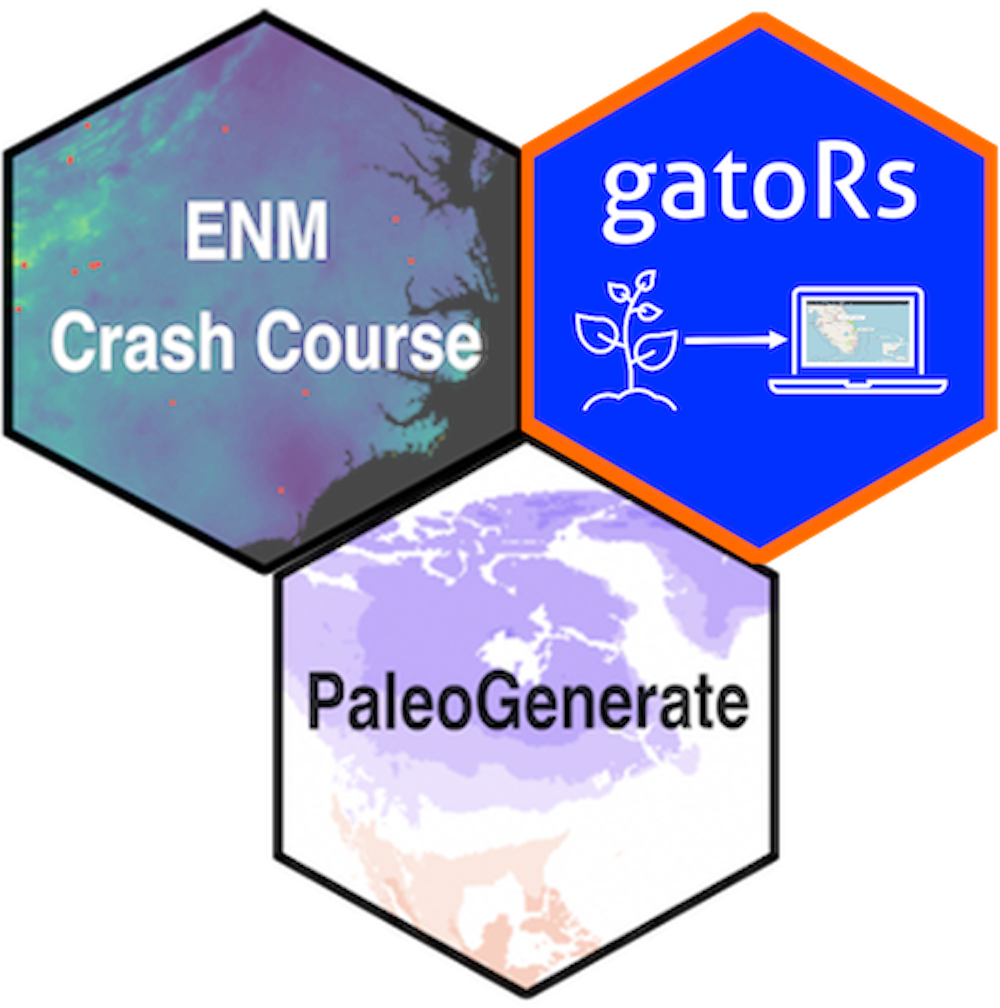Whole Genome Duplication
Whole genome duplication is when additional copies of all chromosomes occur. Instead of having 2 copies of each chromosome (like humans), polyploids may have 3 or more copies of each chromosome. The extra set of chromosomes can be inherited from the same individual—this is known as autopolyploidy.
Polyploidy is known to play an important role in the evolution and diversification of vascular plants. So far, most research has shown that whole genome duplication alone does not lead to a single set of expectations (other than maybe the nucleotypic effect), instead there are dynamic ecological or evolutionary consequences. The search for general patterns or trends associated with polyploidy events still remains – and this is a particularly interesting and fun topic to pursue.
Population Ecology and Genetics
My dissertation focused on investigating coexistence of multiple cytotypes. Historically, it was believed that a tetraploid had to outcompete its diploid progenitor to persist. The idea was that a tetraploid formed, spread, and caused the diploid to be geographically restricted and rare (Stebbins, 1947, 1971). We now know that closely related polyploids and their diploid progenitors can both remain extant.
Theory: To understand stability of coexisting cytotypes, I designed a new matrix population model with demographic and environmental stochasticity. Here, I identified that stable coexistence is very probable among mixed-cytotypes, even when reproductive isolation is absent. See Gaynor et al. 2025 and our R package, AutoPop. To find out more about this project, check out my 2024 Polyploidy Webinar.
The genetic consequences of mixed-cytotype populations with ongoing gene flow among cytotypes are mostly unknown. Therefore, this model has been extended to the Modern Synthesis with the incorporation of genotypes, mutation, and more. To find out more about our genetic model check out my 2021 Polyploidy Webinar.
Nature: Much of my population-level work has focused on autopolyploid Galax urceolata (Diapensiaceae), which includes diploid, triploid, and tetraploid cytotypes co-occurring throughout the Southern Appalachians. Along with ongoing population genetic research, we investigated the cytogeography of G. urceolata in relation to stomatal cell size, soil chemistry, soil fungal and bacterial community composition, and broad-scale climate. To hear more about this work, check out my talk at Evolution 2024.
Methods: Identifying ploidal diversity is a crucial first step to understanding the impact of WGD on patterns of biodiversity. To address shortcomings of available ploidal level inference methods, I developed the easy-to-use R package nQuack. To hear more about this project, check out the second half of my 2024 Polyploidy Webinar.

Galax urceolata (Diapensiaceae).
